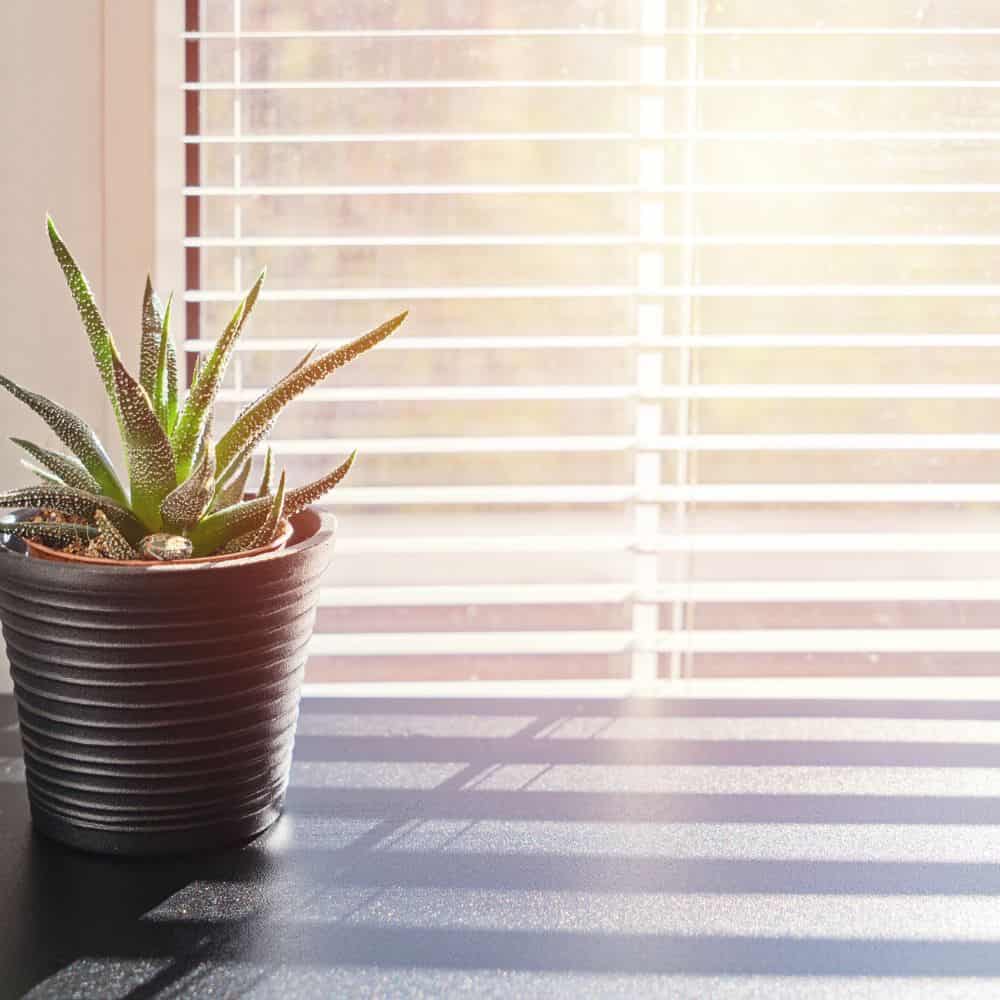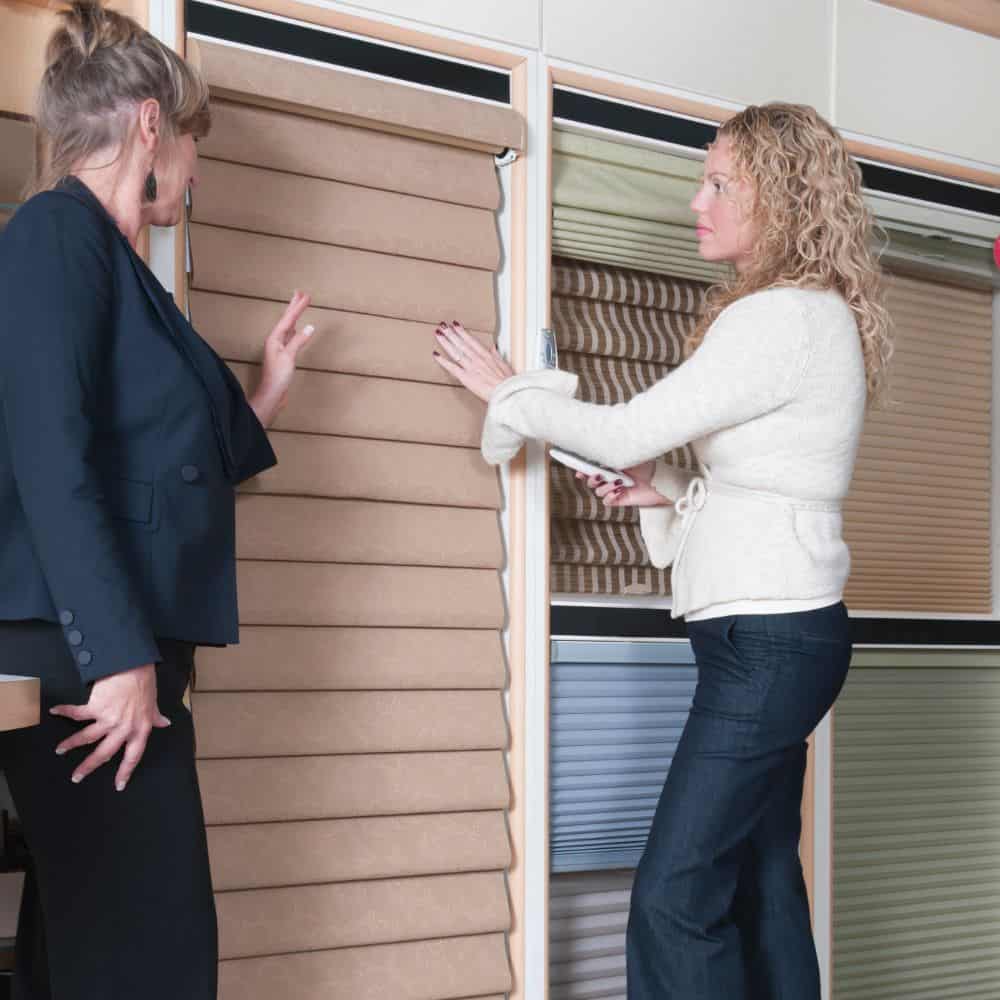In this article, we’ll talk about how crucial it is to have the best possible sun protection in your home, go over the different types of blinds, and explain why pleated blinds are the best!
Sun protection is always a major concern for people, especially during the spring and summer. Even if we wish to enjoy the sun, its rays cause rooms to heat up quickly when working. There are a number of methods for controlling solar radiation without entirely obstructing daylight.
Today’s sun protection systems combine function and style. The different settings allow you to enjoy your home with pleasant temperatures and natural daylight. Because you decide how much light you let in! Depending on the application, your requirements, and the room situation, each system has its advantages.
The Importance Of Sun Protection At Home
Anyone who enjoys sleeping in during the summer is familiar with the issue of being awakened by the sun at an early hour.
External blinds are often not available in rental apartments, leaving tenants to fend for themselves. Here, pleated blinds can be useful. These are folded together rather than rolled up. This means that the cloth layers overlap one another like an accordion. You can effectively darken your rooms with pleated blinds.
However, external roller blinds are the only way to obtain total darkness. Due to the lateral thread guide, there are still tiny gaps in pleated blinds through which light can pass. Reflective blackout cloth is undoubtedly useful for blocking off heat.
There are also made-to-measure pleated blinds that provide sun protection and maximum room darkness. Depending on your specific needs, pleated blinds can be installed in windows, doors, and skylights. The type of fabric has an impact on light transmission as well.
Pleated blinds are only one example of several items that can be used as privacy screens. This also holds true for vertical systems, roller blinds, Venetian blinds, ornamental textiles, and curtains.
Pleated Blinds: The Best For Sun Protection

In recent years, pleated blind systems have taken the lead as the most widely used window accent due to the high level of operational flexibility of pleated blinds. If necessary, they can be raised and lowered.
The popularity is also attributed to the wide variety of textiles available and the various fabric characteristics. Transparent, opaque, or darkening materials are all options.
If the pleated blinds’ regular measurements do not fit your windows and doors, you can have them tailored to your precise requirements. Precision down to the millimeter is possible.
Pleated blinds can be installed either on the frame or directly in the frame. If you’re not authorized to drill or don’t want to, the latter option makes sense (e.g. in rented apartments). Then, using clamps or glazing bead holders, you may secure your pleated blinds to the window. The pleated blind is drilled into the frame with the alternative solution, where it runs within the frame.
Pleated Blinds – Made To Measure
You must consider the desired variant when measuring. For a pleated blind to be produced to order, it’s critical that you accurately measure your windows and doors beforehand because the pleated blinds are manufactured precisely to these measurements.
For the pleated blinds that are mounted in the frame (clearance), a deduction of 4 mm (2 mm per side) is made at the factory so that the pleated blind does not rub against the frame. The total dimension of the area to be covered must be calculated if the pleated blind is to be fastened without drilling. There isn’t a 4 mm factory deduction.
Pleated Blinds Assembly – How Do Pleated Blinds Work?
The pleated shades can be quickly attached. Drilling four holes—two on top and two on the bottom—in the frame with a 2mm drill bit is necessary to attach the pleated blind. A practical assembly aid is included in the delivery for this purpose. Use the assembly aid’s 3 mm side for textiles that block light.
The other side, which measures 5 mm, is designed to hold pleated blinds made of blackout textiles, which will allow for the required airflow behind the glass. The clamping feet are then simply clicked onto the attached brackets. The pleated blinds might need to be tightened again.
Pleated Fabrics For Individual Needs

Translucent fabrics can be used alone or in combination with side curtain fabrics to create privacy screens. You can change the appearance of your living area, whether it’s simple, structured, or natural tones. Better sun protection is provided by pleated fabrics that have a mother-of-pearl coating on the back.
If you install blackout honeycomb pleated blinds, your living room will remain comfortably cool even in bright sunshine – provided your home is well-insulated. The structure of honeycomb pleated blinds is unique. They are made up of a film and two lengths of fabric.
As a result, an insulating air layer that serves as a heat barrier is created in the honeycomb chambers. This insulation feature specifically prevents heat loss in the winter, which is a significant energy saver.
Pleated Blinds Maintenance
The textiles with pleats are simple to clean. Based on the instructions, disassemble the pleated blinds. Then soak the materials in warm, soapy water, and thoroughly clean them. Refold the fabric and squeeze the water out. The drip must stop immediately.
When closed, the pleated blind system needs to be hung up moist and dried for roughly 12 hours. The system must then be opened to let any remaining moisture out. You should not iron the fabrics!
What Blinds Should I Get For Light Protection?
Venetian blinds, roller blinds, vertical systems, and pleated blinds offer protection from the sun’s glare and outside views as well as from heat loss in the winter and summer.
The thermal protection is improved by the amount of light that privacy screens reflect. A room that is darkened by a pleated blind, therefore, warms up more slowly during the hot summer months.
On the other hand, energy is conserved since insulated privacy protection measures prevent as much heat from escaping the space through the huge windows. Special thermal blinds or pleated blinds with a unique insulating coating are available. The privacy screen performs best when installed as near the pane as possible.
